The princes in the Tower were the two child princes imprisoned and later killed during the War of the Roses in England. Their story is a very tragic and mysterious one. With so many power-hungry players and ambitious men featured in the story, historians still have not been able to figure out exactly what happened to young Edward V and his brother Richard. Why were they taken to the Tower of London and why did Parliament not question it? Who killed them? Were they even killed at all or was an imposter killed in their place? What ultimately happened to the two young children?
Table of Contents
Who Were the Princes in the Tower?
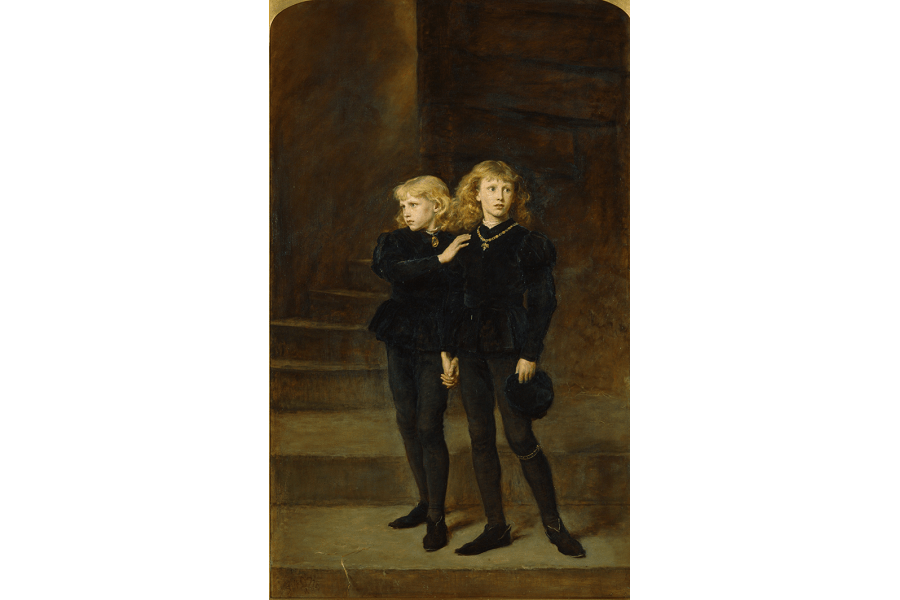
Edward (aged 12) and Richard (aged 9) were the two princes in the Tower. They were the two sons of King Edward IV and a lady called Elizabeth Woodville. They were imprisoned in the Tower of London by their paternal uncle, the Duke of Gloucester, just before young Edward’s coronation. Their ultimate fate still remains a mystery.
The boys were the victims of the succession politics during the Wars of the Roses. They were the sons of a crowned king, the nephews of another, and the brothers of a queen. But they never got the opportunity to sit on the throne that belonged to them. They were taken into the Tower, were seen less and less as time went by, and ultimately disappeared mysteriously. These events took place over a single summer and have continued to plague historians ever since.
The Sons of King Edward IV and Elizabeth Woodville
King Edward IV was supposed to marry Princess Bona of France. However, in 1464, he married the widowed Elizabeth Woodville. A Lancastrian widow and from a family of Lancaster supporters, she was not a popular choice. They married in secret in her family chapel and this union angered several influential nobles of the time.
Still, Edward’s reign from 1471 to the time of his death was a peaceful one. He favored his wife’s family a great deal, including her two sons from her previous marriage. Loyal relatives at the court strengthened Edward’s position. The two had ten children together, seven daughters and three sons. Of these, seven survived infancy and four of the five daughters subsequently married well, despite the challenges they faced after their father’s death.
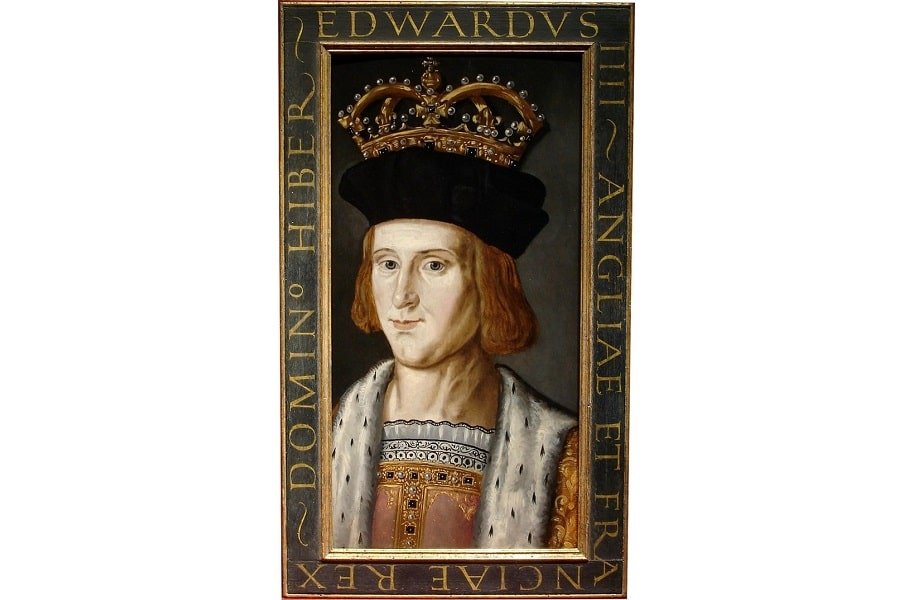
The Treachery of the Duke of Gloucester
When King Edward IV died on 9 April 1483, the young Prince of Wales was in Ludlow. His younger brother Richard, the Duke of York, remained with his mother and sisters. On his deathbed, the king gave his close brother, Richard, the Duke of Gloucester, the responsibility of Lord Protector to his heir. This man later came to be known as King Richard III.
Edward V, now the king at the tender age of 12, started for London in the company of his maternal uncle, Earl Rivers. When the Duke of Gloucester heard of the news, he raced to meet his nephew. On 29 April, he encountered the royal entourage. The following morning, he had Earl Rivers, Elizabeth’s son from her previous marriage, Lord Richard Grey, and the king’s chamberlain, Sir Thomas Vaughan, arrested and sent away. They were later executed. Edward protested this action but was powerless to stop the Lord Protector.
Once the entourage reached London on 19 May, the Duke of Gloucester placed his nephew in the Tower of London. He stated that this was for his protection, prior to the coronation ceremony.

The Flight of the Widowed Queen
The widowed queen was now in a vulnerable position. She did not have a great deal of support in court and her fear grew as several members of her family were arrested and executed. In April, Elizabeth took her children, servants, and a large part of the Royal Treasury and fled to Westminster Abbey for sanctuary. It is said that she had so many possessions that her servants had to break down part of the walls to accommodate everything.
Elizabeth feared the power of Richard. Her eldest son was already out of her reach and she could not influence the crown anymore. Thus, she had to keep her younger son, Prince Richard, who was the heir presumptive, under guard. As long as she and her children remained within the sanctuary of Westminster Abbey, they were safe. The queen had taken refuge in Westminster Abbey once before, against Lancaster forces. It was where Edward had been born. Perhaps she thought that she would find support and protection with the abbots and churchmen there.
The Duke of Gloucester soon ordered that Richard join his brother in the Tower for his safety. The queen attempted to resist this order for a while. But finally, she had to send her little son off to join Edward. She never saw either of them again.
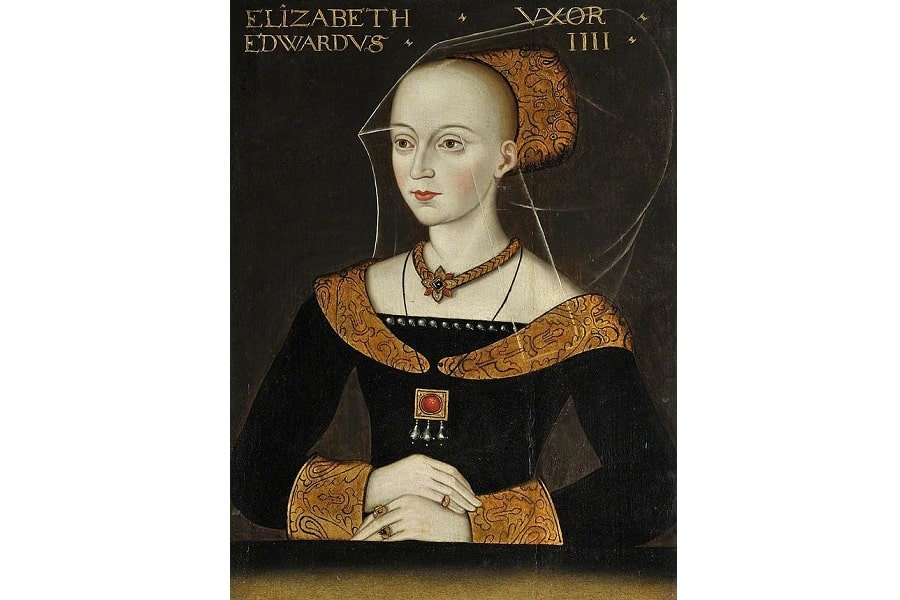
The Imprisonment of the Princes and the Coronation of Richard III
On 16 June, King Edward V was reunited with his younger brother Richard in the Tower of London. At first, the accommodation of the princes in the Tower did not raise any suspicions. The boys were still very young and their protection was of paramount importance. The procession usually began from the Tower and a new monarch traditionally stayed there before the ceremony.
The council began preparations for the coronation immediately. They did not want to establish a protectorate. However, Richard kept putting off the coronation. On 22 June, a theologian called Ralph Shaa preached a sermon declaring that Edward IV’s marriage to Elizabeth was invalid because he had been contracted to marry Lady Eleanor Butler. Thus, all their children were illegitimate.
The children of Edward’s next brother, George Plantagenet, Duke of Clarence, were ineligible to rule because of their father’s crimes. The Parliament was convinced by these arguments and declared Richard the rightful king on 25 June. This was later followed by an Act of Parliament called Titulus Regius, confirming this. Richard, Duke of Gloucester, was crowned King Richard III on 6 July.
Richard III soon became very unpopular at court and began to fear that he would be usurped. These fears were not unfounded. It is assumed that there have been several plots to free the princes in the Tower and crown Edward. When it was established that the boys were dead, the dissidents began to plot the return of Henry Tudor from exile and his marriage to Elizabeth of York.
Henry VII defeated Richard III in 1485 and became King of England. He was from the House of Lancaster. Thus the Wars of the Roses came to an end.
READ MORE: In Search of Origins: Who Invented England and How?
Who Killed the Two Princes?
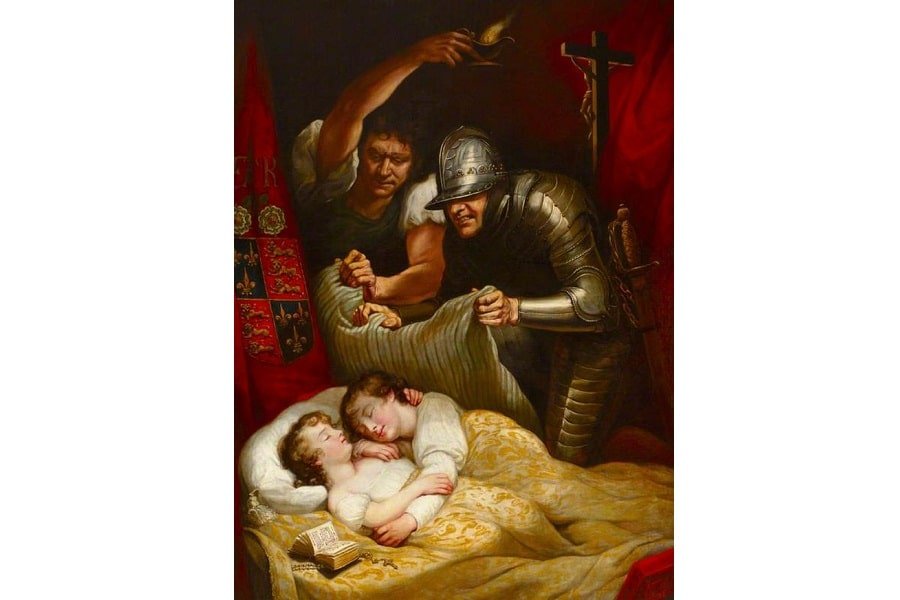
Who killed the princes in the Tower? Most historians agree that the cause of their disappearance was death. An Italian chronicler called Dominic Mancini, who had been present in the English court at the time, reported that Edward V and Prince Richard were taken into the inner chambers of the Tower.
As the summer went by, the two boys were seen less and less. The last mention of a sighting of the boys is from 16 June, in the Great Chronicle. It said that the children were seen shooting arrows and playing in the garden of the Tower several times. Historians suspect that the little princes were killed sometime in late summer or autumn.
Mancini also stated that a doctor visited young Edward several times. He reportedly practiced daily confession and penance for his sins during that time because he believed that he was about to die.
There are several theories about who was responsible for the deaths of the two princes.
Richard III
Most sources point at Richard III as the one who facilitated the murder of the two children. He was the one with the most to gain from their deaths. Even though he had already been crowned, he was not popular among the nobility and his paranoia would not allow him to spare the children. Even within the first few months of his reign, there had been plots to rescue the princes in the Tower and overthrow him.
The fact that he had taken the two princes away from their mother and other guardians, placed them in seclusion in the Tower, and kept delaying the coronation meant that Richard had no intention of crowning the young prince. He most certainly wanted the throne for himself. And what better way was there to get rid of other claimants than to kill them? The traditional belief was that he sent a young knight called Sir James Tyrrell to kill the boys.
40 years after the supposed death of the princes, Sir Thomas More wrote the History of King Richard III. In this work, Sir Thomas gave us the description of Richard that is familiar today – a hunchbacked, villainous monster. Many dismissed this as Tudor propaganda. But recent research shows that Sir Thomas might have had inside information from the sons of the men he pointed at as the possible murderers – Forest and Dighton. The sons were present in the court of Henry VIII and Sir Thomas had access to them.
Most contemporary chroniclers also thought Richard III the likely murderer. He was away on a procession at the time of the princes’ disappearance. But the Tower was guarded by a few select men and under his authority. It is impossible that one of his men could have carried out the murders without his knowledge.
Henry Stafford
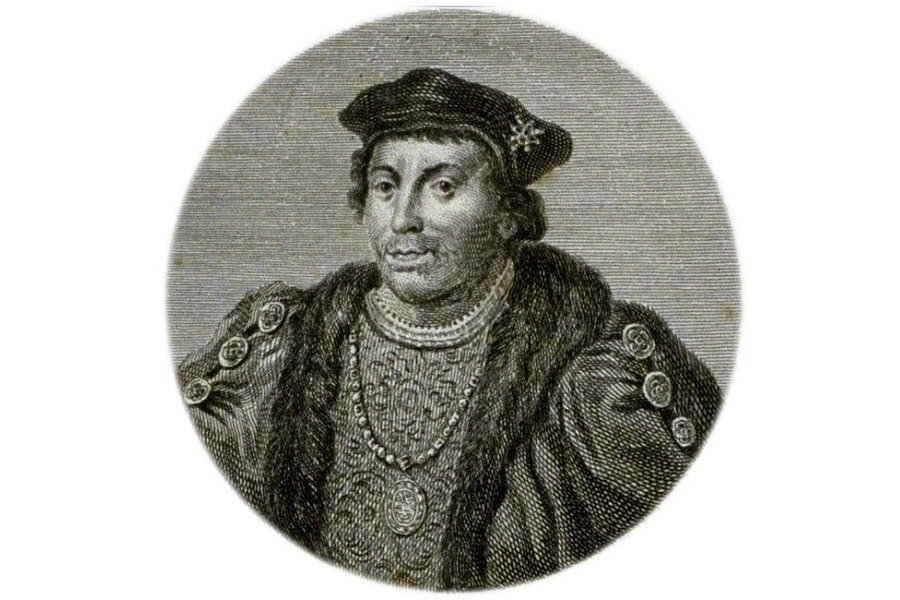
Henry Stafford, the 2nd Duke of Buckingham, was the right-hand man of Richard III. He had supported the royal coup but he was executed in November of the same year after a failed rebellion called the ‘Buckingham Rebellion.’
There are two reasons for this. Either he had found out what Richard had done to the boys, been horrified, and jumped off the ship. Or he had been the one that had killed the princes and kept it from Richard. He may have been acting out of his own volition since he did have a claim on the throne. Or he may have been acting on the orders of more powerful figures, like his aunt Margaret Beaufort and cousin Henry VII.
A contemporary Portuguese source – Alvaro Lopes de Chaves, Secretary to the King of Portugal – said that the boys were in his custody and had starved to death. This would mean that the princes had died prior to his execution in the autumn. If he did kill the children, it is not clear whether he was acting for Richard or against him.
Henry VII
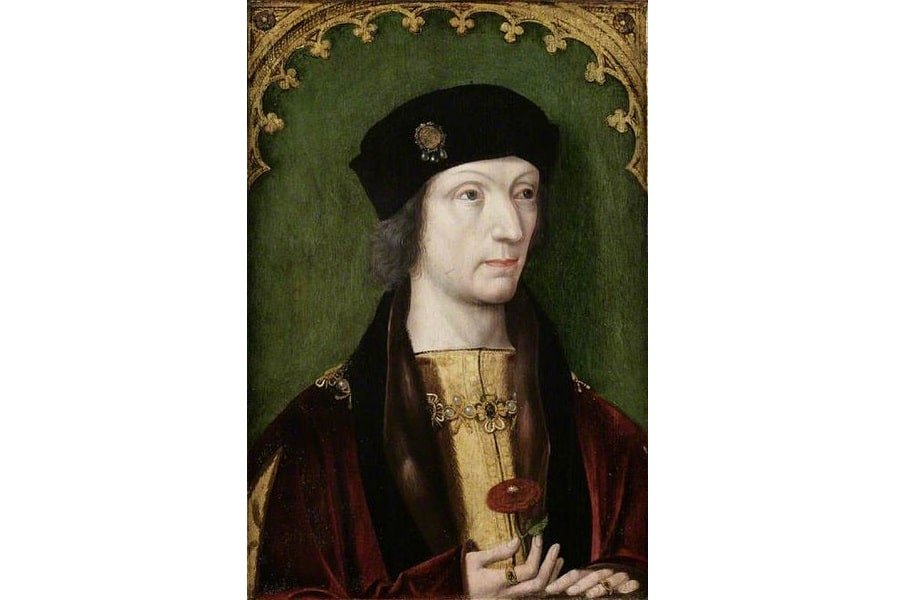
Henry VII was the next person who gained the most from the deaths of the princes. He was related to the Lancaster side of the family and the previous Lancaster king. He overthrew Richard with Yorkist support and made marriage alliances that pleased his Yorkist allies.
Some historians have suggested that the boys were alive the entire time and only met their ends in 1486 after Henry took the throne. He did have the motive since Edward V and Richard’s claims stood between him and the throne. However, this is very unlikely.
This would mean that the princes had remained alive two or three years after they had been seen. That is a long time for such a secret to be kept. It also would not explain Elizabeth Woodville’s support of Henry. The assumption is that she learned of the deaths of her sons and threw her support behind Richard’s opponent. The most likely scenario is that the princes died during Richard’s reign.
Lady Margaret Beaufort
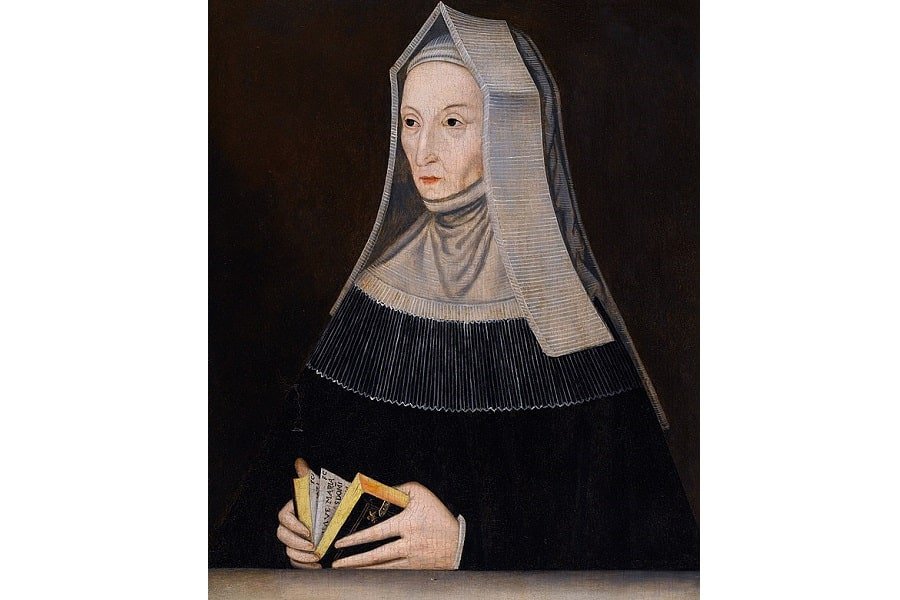
Lady Margaret Beaufort was the mother of Henry VII and some people have suggested that she was the one responsible for the deaths of the boys. This is the most unlikely scenario. How would she have gained access to the Tower without Richard’s knowledge? Historical fiction writer Philippa Gregory has written about this possibility and done a BBC documentary series on it. But she has acknowledged that she has no proof of Beaufort’s culpability, only speculation about her motives.
The Boys May Have Survived
One last theory speculates that one or both of the boys may have survived the Tower. The boys did have supporters in court, who attempted to rescue them from captivity. Some theories say that both children were smuggled out and given fake identities.
Some say that Edward died of ill health in captivity but Richard was successfully rescued. This is because more than one claimant to the throne, claiming to be Richard, turned up during Henry’s reign. If they were imposters, surely claiming to be Edward V would be more convincing. Why did two different pretenders attempt a coup claiming to be the younger son? This suggests that Richard may have survived.
Skeletons found in the Tower have not provided conclusive proof that they belong to Edward and Richard. If one or both had escaped, it would be easy enough for them to grow up and live quietly in the country home of a sympathizer or a foreign ally.
Were Their Bodies Ever Found?
We do not know if the bodies of the princes in the Tower have been found. There have been skeletons of two children recovered from the Tower two separate times. But DNA analysis has not been allowed. Thus, we cannot know whether they belong to the children.
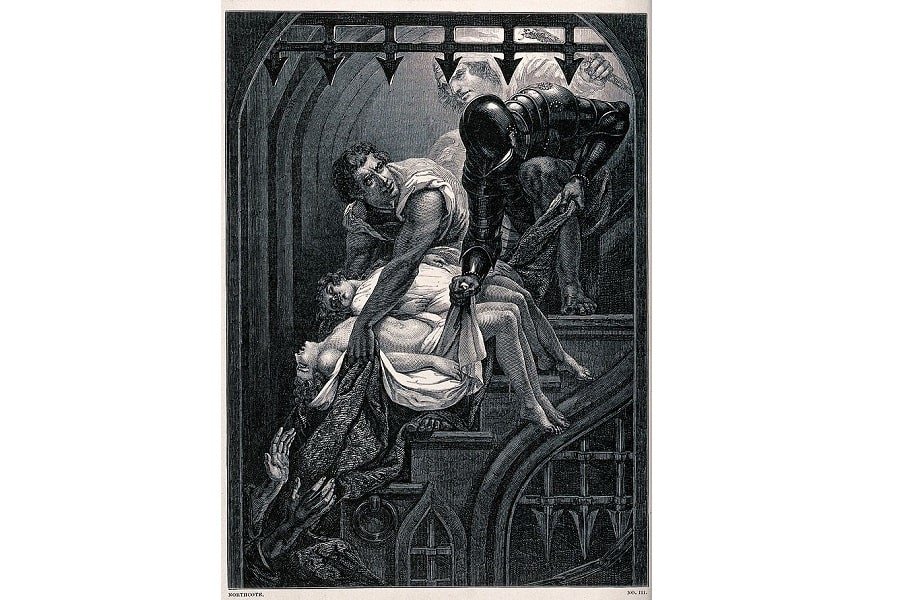
Skeletons in the Tower
Workmen remodeling the Tower of London in 1674 discovered the bodies of two children under a staircase that had not existed in Richard’s time. Before this, the bodies of two children had been found in a walled-up room that people had speculated could belong to the princes.
The bodies found in 1674 were said to have pieces of rag and velvet attached to them. Velvet would only be worn by the higher classes. King Charles II had the skeletons moved to Westminster Abbey and interred there. Experts and researchers in 1933 stated that the bones and teeth of the skeletons belonged to children of the same ages the princes would have been. But it was not even determined whether the bones were male or female. Since then, no such research has been carried out.
In 1789, workers found a small adjoining vault to the vault of Edward IV and Elizabeth Woodville in St. George’s Chapel at Windsor Castle. There were coffins of two unidentified children there and the tomb carried the names of two children who had died in infancy – George and Mary. Later, two lead coffins clearly labeled George Plantegenet and Mary Plantegenet were found elsewhere in the vault. This raises questions about who exactly is buried in the unnamed coffins.
In the 1990s, when further work was being carried out, researchers sought the permission of Queen Elizabeth II to examine the unidentified coffins. She did not give permission to open the royal tomb, even as late as 2012. In 2022, a curator of Historic Royal Palaces said that King Charles III had a very different opinion on the matter than Elizabeth II and might support investigations.
Until there can be a full DNA analysis of the bodies in Westminster Abbey and Windsor Castle, we will never know whether they really are the bodies of the princes in the Tower – Edward V and Richard, Duke of York. Even then, we shall not know how they died.
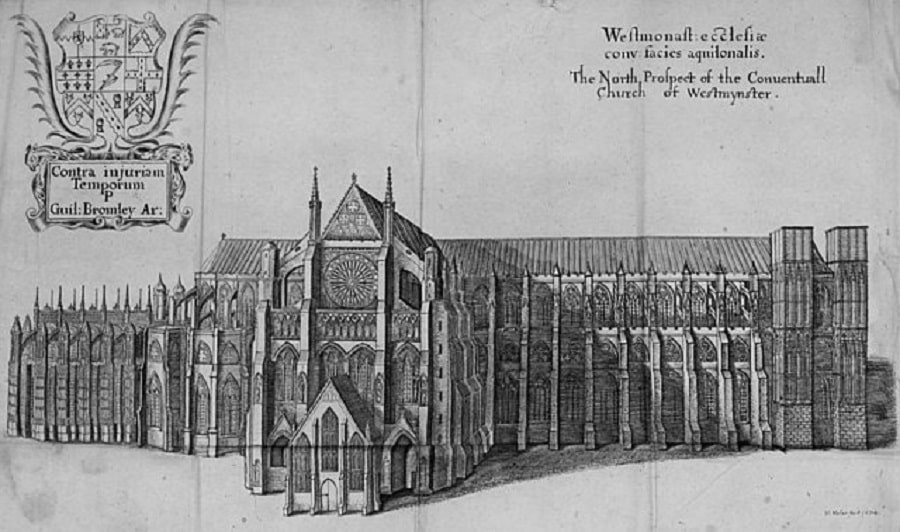
End of the War of the Roses and Beginning of the Tudor Line
When Henry VII, the man who began the Tudor dynasty, came to England and claimed the throne, he was very fortunate that the young princes in the Tower were gone. He had fought the Battle of Bosworth against Richard III and won the throne because of Yorkist support. The Yorkists who had supported Edward IV and were disappointed in Richard III had backed Henry because of his promise to wed Elizabeth of York.
Elizabeth was the eldest daughter of Edward IV and Elizabeth Woodville and the older sister of the princes. When her parents’ marriage had been declared invalid, she had been declared illegitimate alongside her brothers. Henry needed to undo this declaration in order to wed her since the queen could not be a bastard. But this would also mean that the claims of Edward V and Richard would come before his.
It is striking that with the end of the Wars of the Roses and the establishment of the Tudor dynasty, there was no investigation into the fates of the princes in the Tower. Henry made no effort to find out what happened to them. It would not have suited his purpose to find either of the young princes.
Tales of Imposters
In 1487, Lambert Simnel pretended to be Edward Plantagenet, the 17th Earl of Warwick. He was supported by Yorkist John de la Pole, the Earl of Lincoln. Born of uncertain parentage, Simnel was taken in by an Oxford-trained priest called Richard Simon, who wanted to become a kingmaker. He tutored the boy in etiquette, courtly manners, and other subjects necessary for a prince to learn.
Simon noted that Simnel looked very like the children of Edward. At first, he intended to pass him off as Richard. Then he heard a rumor that the real Edward Plantagenet had died during his imprisonment in the Tower of London and changed his mind as the boys were about the same age. Simnel was a figurehead of a rebellion that Henry VII put down within the year. The boy was pardoned and put to work in the royal kitchen.
In 1491, a man called Perkin Warbeck claimed to be Richard, Duke of York. Claiming to have escaped the Tower and spent the years on the run, Warbeck was supported by several people. This included his aunt, Margaret of Burgundy, the Holy Roman Emperor Maximilian I, Charles VIII of France (initially), James IV of Scotland, and several English nobles. They recognized him as King Richard IV. Henry VII declared him an imposter and the wars against Warbeck cost Henry a great deal.
It is not clear if all these people actually believed Warbeck to be Richard or not. Perhaps he was only a convenient alternative to Henry. At any rate, he had enough support that he was able to hold on to the title till his imprisonment in 1497. After multiple escape attempts, he was made to confess that he was an imposter and hanged.
Is the Story of the Princes in the Tower a True Story?

The tale of the princes in the Tower may sound fantastical. But it is undoubtedly a true story. The tragedy and mystery of the narrative have haunted historians and scholars over the years. The story has also inspired several fictional tales and bestselling novels.
Shakespeare Takes Inspiration
The princes in the Tower were the inspiration behind Shakespeare’s Richard III. Based on the description of Richard III given by Sir Thomas More, Shakespeare described Richard as a hunchbacked, scheming villain who plots and facilitates the murder of his young nephews. It is the longest play in the First Folio. It is called one of Shakespeare’s historical plays but is in reality a tragedy.